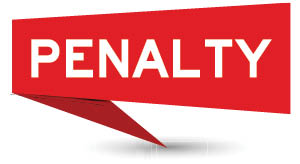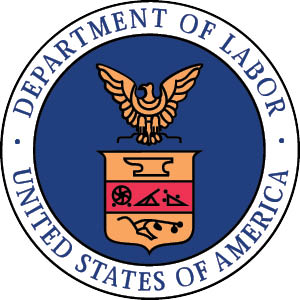EEOC enforcement playbook focuses on artificial intelligence hiring bias
The Equal Employment Opportunity Commission is turning its attention to AI hiring tools through its Strategic Enforcement Plan for 2024-28, published in the Federal Register in September 2023. The plan prioritizes addressing discriminatory recruitment and hiring practices that consider an employer’s use of AI and machine learning to target, recruit and screen potential applicants or make hiring decisions that exclude protected groups based on color, sex, race or other EEOC enforced statutes, according to Bloomberg.
This year, EEOC has increased its efforts to tackle AI-based bias in hiring and recruitment, having settled its first case in August 2023. Additionally, the agency has been training its staff to identify AI-based discrimination in the workplace. In May 2023, it issued new technical guidance regarding AI’s potential role in discrimination under Title VII and how employers might stay compliant.
The strategic enforcement plan is available at eeoc.gov/strategic-enforcement-plan-fiscal-years-2024-2028.
Contractor faces $132,593 in penalties for fall-hazard exposure

|
In May, the Occupational Safety and Health Administration opened an inspection with Brookens Construction LLC, Windsor, Wis., after OSHA inspectors observed a worker installing shingles on a residential roof without fall protection. The company is not an NRCA member.
The worker was employed by a subcontractor, Eaglevision LLC of Elgin, Ill. Inspectors also found Brookens Construction failed to perform site inspections to ensure its subcontractors followed safety procedures; did not provide eye protection while workers used pneumatic nail guns, exposing them to flying debris; used a damaged ladder; and did not train workers regarding fall hazards.
OSHA issued two willful violations, two serious violations and one other-than-serious violation and proposed $132,593 in penalties. Brookens Construction also was cited in 2019 and 2022 for similar hazards in three separate inspections.
DOL final rule modernizes Davis-Bacon Act

|
The Department of Labor has implemented a final rule that aims to modernize the Davis-Bacon Act and related regulations and set the prevailing wages contractors must pay workers on federal projects.
Implementation of the “Updating the Davis-Bacon and Related Acts Regulation” follows publication of the final rule in the Federal Register in August 2023.
The rule restores DOL’s definition of prevailing wage to make it equivalent to the wage paid to at least 30% of workers—rather than 50% of workers—in a given trade in a locality. According to DOL, it aims to raise the hourly earnings of workers for prime contractors and subcontractors on projects that receive federal funding through legislation such as the Infrastructure Investment and Jobs Act and the CHIPS Act.
The Davis-Bacon Act uses pay surveys administered by DOL to set the prevailing wage in a federally funded project’s location, and there have been concerns the process skews wage rates. DOL said the new rule makes the process of updating rates easier by giving the department the authority to adopt prevailing wages determined by state and local governments; issue wage determinations for labor classifications where insufficient data was received through its wage survey process; and update outdated wage rates. It also adds an anti-retaliation provision in contract clauses and strengthens DOL’s ability to withhold money from a contractor to pay employees lost wages.
Critics of the Davis-Bacon law opposed the rule, saying it will increase regulatory burdens on small businesses, new industries and public works projects; and increase the cost of construction, discourage competition and diminish the value of taxpayer investment in government infrastructure projects.



